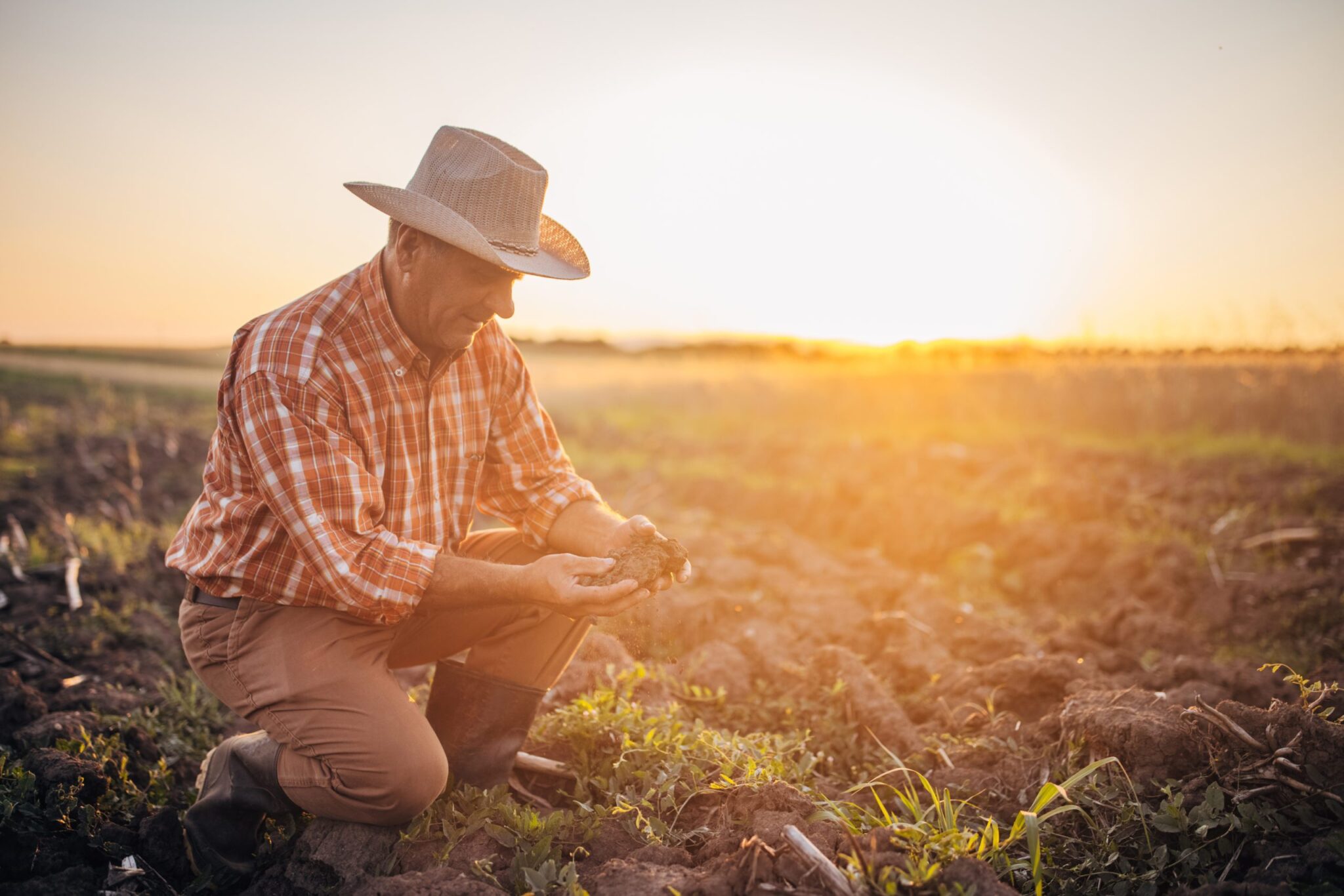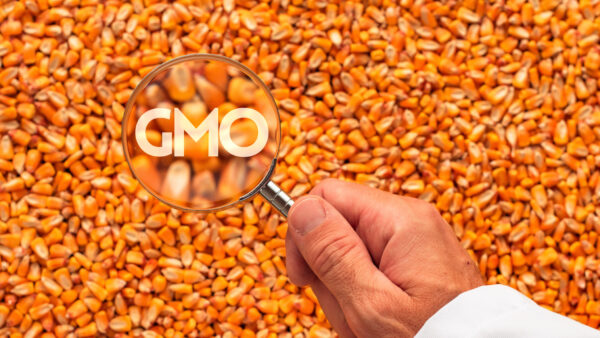Agricultural producers’ sentiment decline showed the Purdue University/CME Group Ag Economy Barometer for the second month in a row according to a release. The index fell 9 points bringing Septembers reading to 106. Producers have concerns regarding both the current situation and future prospects. The Current Conditions and Future Expectations readings both fell 10 points, to 98 and 109, respectively. All three of these numbers are lower than they were at this time one year prior. This month’s survey was conducted from Sept. 11-15.
“Weakening prices for major crops and ongoing concerns about high production costs and interest rates weighed on producers’ minds this month,” said James Mintert, the barometer’s principal investigator and director of Purdue University’s Center for Commercial Agriculture.
Producers are still highly concerned about high input costs, being cited as a top concern for a third of respondents this month. This concern was followed by high interest rates at 25% and lower crop and/or livestock prices at 22%. At the beginning of the year lower crop and/or livestock prices was only a top concern for 16% of farmers that responded.
The Farm Capital Investment Index saw a small increase of two points which is up to a total of 39, but three quarters of producers say now is still a bad time to make a large investment due to rising interest rates and high cost of machinery and new construction. Rising interest rates was the main reason from 40% of farmers which is up from 35% last month and up from 14% when respondents were asked the same question in July 2022. The slight increase in producers who said now would be a good time to make a large investment said so because of citing strong cash flows on their farm operations.
The Farm Financial Performance Index did not change from August to September, at a reading of 86. Due to the variability of conditions in the U.S. this year, a small percentage of increase was seen in both producers who expect better conditions and expect worse financial conditions compared to last year.
Farmers stayed optimistic about farmland values even with the concerns surrounding high input costs, rising interest rates, and the risk of lower crop and livestock prices. The Short-Term Farmland Value Expectations Index did not change from its reading of 126 but the long-term index increased two points to 153.
Over half, 52%, of corn/soybean growers currently plant cover crops on some portion of their acers and of these producers, 47% said they use them on no more than a quarter of their acreage. Of the respondents that do use cover crops, 41% have been using the for five years or less, but 14% said they have been using them for over 20 years.
Producers who use cover crops said they have seen improvements in soil health and erosion control and that is their primary reason for using cover crops. According to the release, “Farmers who tried planting cover crops but ultimately chose to discontinue their use cited low profitability, lowered crop yields, insufficient soil benefits and a lack of resources to plant cover crops.”












